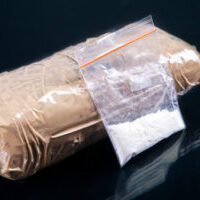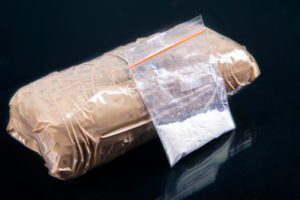Drug Fact Sheet: Cocaine and Crack Cocaine
Posted by CDR Help Desk on Jul 10, 2018 in Blog | 0 comments

 This month’s Drug Fact Sheet is looking at cocaine and crack cocaine. Where did this drug originate and why is it still so prevalent?
This month’s Drug Fact Sheet is looking at cocaine and crack cocaine. Where did this drug originate and why is it still so prevalent?
History
Cocaine is derived from the coca plant, native to South America. Indigenous people of the area have chewed the leaf for centuries in daily life as well as a part of religious ceremonies. Cocaine was only isolated from the leaf in 1860 by a German chemist, but around the same time, other Europeans were beginning to experiment with its recreational uses. In the latter half of the 19th century, pharmaceutical companies quickly picked up on the anaesthetic properties and marketed the substance to doctors. However, many patients died of accidental overdoses in surgery and so it did not remain in favour.
Criminalization
The USA introduced legislation to criminalize the sale and use of coca and opium products in 1914. However, cocaine had a huge resurgence in the 1980s, which included the introduction of crack cocaine. Crack cocaine is produced by dissolving powdered cocaine in water and ammonia and boiling this mixture down until it is solid. This is then broken into “rocks” and sold to people to smoke. Smoking crack elicits a strong yet short high, making it even more addictive than cocaine. Crack is also cheaper than cocaine powder, and in 1985 a rock only cost $5 in most US cities. By the late 80s, many cities who saw a rise in crime and deaths related to crack use declared a “crack epidemic”.
Physical Effects
Short-term effects of cocaine are euphoria, increased energy, and heightened sensitivity to sound and touch. It can also reduce the desire for food and sleep. Cocaine’s effects are felt quickly; within a few minutes if snorting powder and almost instantly if smoking crack. However, its effects are short-lived, usually lasting from a few minutes to half an hour. The physiological effects include dilated pupils, constricted blood vessels as well as increased body temperature, heart rate, and blood pressure. Cocaine-related deaths are usually the result of cardiac arrest or seizures. The mixing of drugs like cocaine and alcohol or cocaine and heroin increases the chance of overdose and death.
Long-term use of cocaine has lasting effects on the brain. Illicit drugs not only affect the pleasure centres of the brain, they also affect the brain pathways that respond to stress. Research has shown that increased stress leads to increased desire for cocaine among regular users. Cocaine also reduces the efficacy of the decision-making area of the brain, the orbitofrontal cortex. Lack of self-insight and inability to recognize and adapt to negative consequences of continued drug use are effects of the cortex’s lowered function.
Treatment
Almost all drug treatment facilities in Canada will be able to help you or a loved one with cocaine addiction. It is one of the most popular illicit drugs, so drug rehabs will have treated many people before with a similar problem. Please contact our specialist and they will work with you to find the right facility for you.
References:
JMC 2018.06.19
The post Drug Fact Sheet: Cocaine and Crack Cocaine appeared first on Canada Drug Rehab.



